It’s summer in the UK. Two cigarette disposal bins are erected on a littered street. One bin is marked Ronaldo, the other, Messi.
The bins encouraged smokers to vote for the best football player with their cigarette butts. After twelve weeks, cigarette litter dropped by 46%.
Instead of yelling at smokers to “clean up your butts,” the bins implied the desired behavior in an easy and fun way. That’s a nudge.
Nudges are powerful influences in our daily lives; they help people save money, recycle, and even eat better—without requiring massive changes.
This post will help you develop a nudge marketing strategy that uses these powerful behavior drivers. We’ll also look at the best examples of online nudges.
Table of contents
What is a nudge?
A nudge is a tiny change in the environment that can help people make better choices. Nudges are micro-modifications in design that align with “choice architecture.”
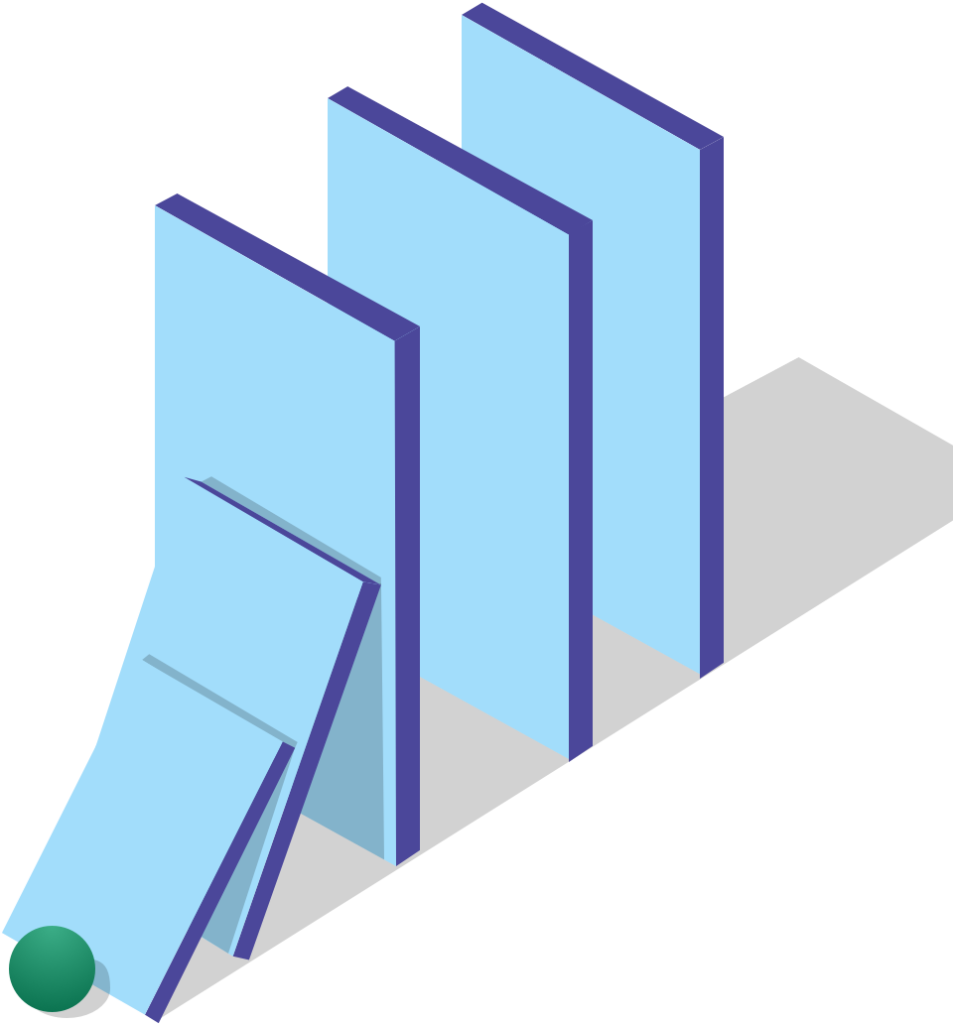
A nudge [. . .] is any aspect of the choice architecture that alters people’s behavior in a predictable way without forbidding any options or significantly changing their economic incentives. To count as a mere nudge, the intervention must be easy and cheap to avoid.
– Nudge, Thaler and Sunstein
In other words, nudges modify the information you have in front of you to make choosing feel more natural. That said, for nudges to be effective, they should fall within the optimal prompt point of B.J Fogg’s Behavior Model.
According to Fogg, prompts (or nudges) can be successful only if an individual is:
- Able to complete a task;
- Motivated to do so;
- Has a trigger to cue initiating the behavior.
In other words:
Behavior = motivation x ability x prompt.
Law scholar Cass Sunstein and behavioral economist Richard Thaler popularized the term “nudge” in their book, Nudge: Improving Decisions about Health, Wealth, and Happiness. Thaler has since won the Nobel Prize in Economics, and Sunstein was in charge of the Obama nudge unit in 2009.

Before Thaler and Sunstein, nudges were often referred to as “Libertarian Paternalism.” But the theory behind it was the same:
- Libertarian: People should be free to choose.
- Paternalism: Attempts to guide people to perform a specific action, behave a certain way, or choose a product in line with their own good.
When these two things come together—freedom and guidance—you have the foundational philosophy of nudge theory.
So how do we use nudges for marketing?
What is nudge marketing?
Nudge marketing is the process of communicating messages that encourage desired behavior by appealing to the psychology of the individual.
How do our customers make the decisions they do? Based on Daniel Kahneman and Amos Tversky’s work Thinking, Fast and Slow, there are two sides of the brain that govern all of our decision-making. Nudges capitalize on our System 1 way of thinking.
Nudge theory: Systems 1 and 2
Nudges take advantage of individuals’ heuristics, their intuitions, their rules of thumb, their impulses, their myopia, and their laziness.
– Nudge, Thaler and Sunstein
As marketers, we’ve all heard of Kahneman’s work. But here’s a brief refresh:
Nudges leverage System 1, the subconscious, which relies on our cognitive biases. System 1 makes life easier. If we didn’t use System 1, our lives would look like a philosopher’s football game, where every pass is over-rationalized:
Nudges cater to, and can even correct, our innate and subconscious biases, paving the way for positive behavioral change.
What does that look like in real life?
Common applications of nudge theory for behavior change
If you look around, nudges are everywhere. The first well-known nudge experiment was the famous “urinal fly” in Schipol Airport in Amsterdam. Placing a fly sticker inside a men’s urinal reduced “spillage” by 80%. Who said flies were good for nothing?

Basketball hoops over recycling bins are also an effective nudge to get people to recycle more often.

How about the piano experiment in Stockholm?
Making subway stairs interactive made people take the stairs over the escalators which encouraged healthy behavior and decreased underground traffic.
Why are these nudges?
- They don’t force behavior or shout about the best thing to do—behavior is implied;
- They make the desired behavior fun to carry out;
- They are non-intrusive;
- They leverage cognitive biases so that people don’t have to think too hard.
All these steps are relevant to implementing nudges online.
Why nudges work online
Nudges are small, but they can have a big impact on conversions, sign-ups, revenue, and customer loyalty.
Sure, retailers and businesses are fond of using exit-intent overlays, smart notifications, reviews, default options, and product badges. (We’ll look at all those examples later.)
But few sites have a good grasp of nudge theory.
Sports Direct uses product badge nudges in a harmful way. “Must go” implies the product is unpopular and needs to be removed from the product shelf soon. A better nudge would leverage the psychological principle of Scarcity and use fewer badges, with different colors.
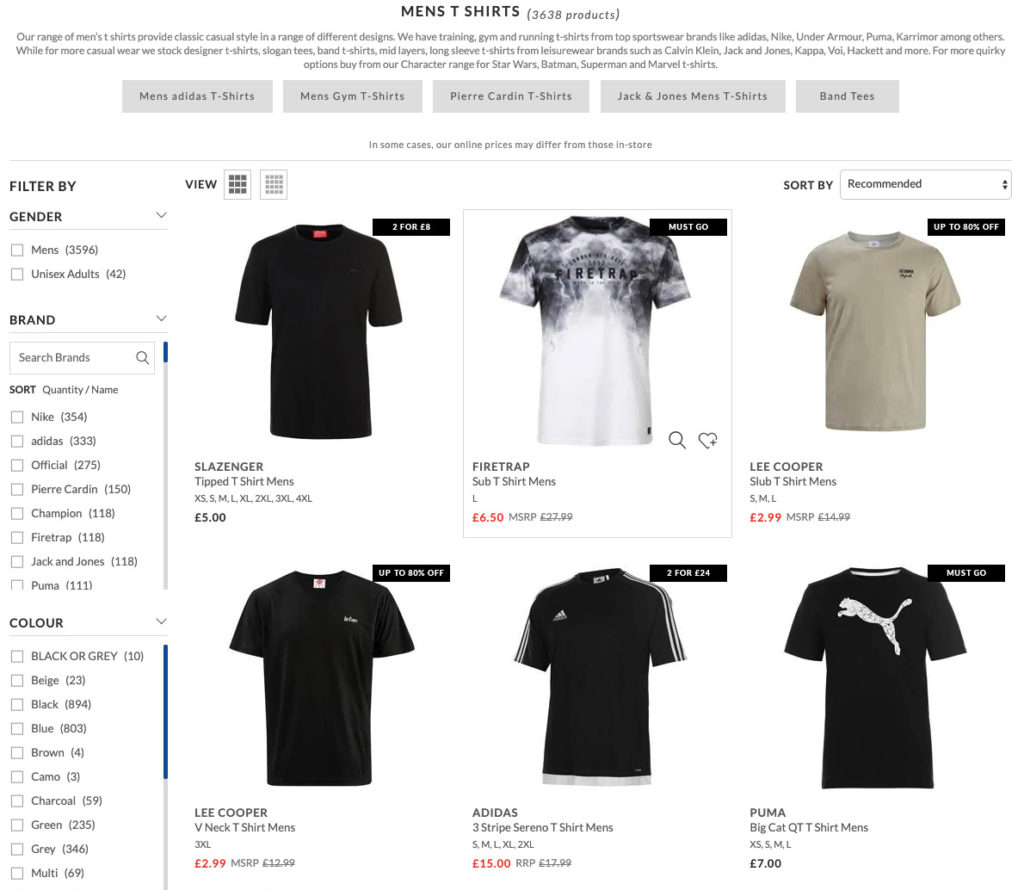
Without understanding the psychology behind the choice architecture, these “bad” nudges can hurt the user experience.
TK Maxx uses too many nudges (e.g., anchoring, product badges, like buttons). This can inflict choice overload.
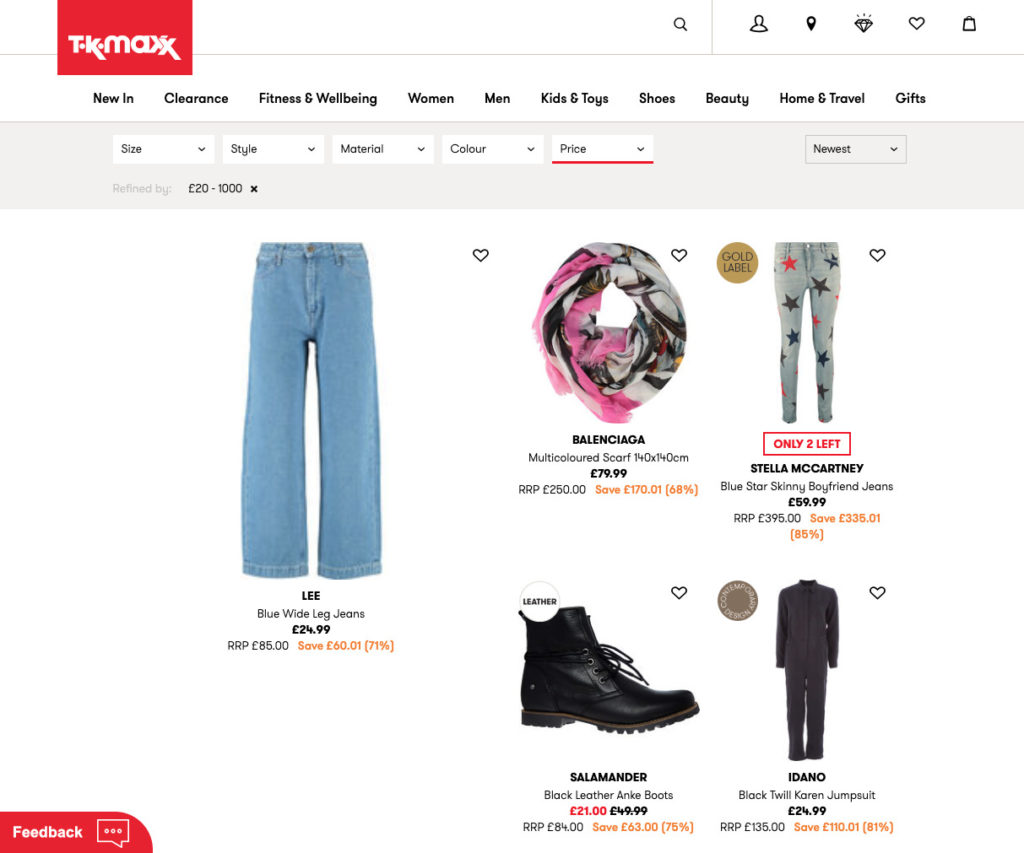
With the data you get from testing on-site nudges, you can gather behavioral and even psychographic data about your users. But you need to implement nudges correctly.
Let’s dig into some more nudge marketing examples.
Nudge marketing examples
1. Product badges
Product badges are nudges that do two important things:
- Draw users attention to a product;
- Reveal something about the product that appeals to the user.
Foot Locker, for example, leverages social proof by pointing out that a product is popular:
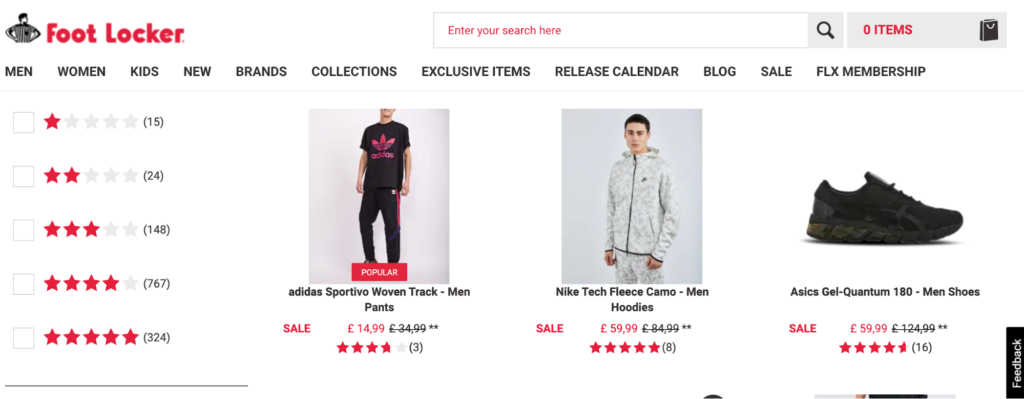
For shoppers already looking for popular products (e.g., gift-oriented shoppers), the “popular” badge streamlines their buying journey.
Asics, on the other hand, uses product badges to highlight product attributes:

Early morning or evening runners may be drawn to the “reflective” quality of the shoe.
These subtle nudges help consumers find the right product, driving click-behavior from the product listing page to a detail page—one step closer to an add-to-cart.
2. Smart notifications and overlays
Smart notifications and interactive overlays are strong nudges since they provide a variety of information, such as:
- Showing new product lines;
- Branding information;
- Conveying messages about a product to make it more attractive;
- Showing discounts/offers;
- Encouraging sign-ups/registration.
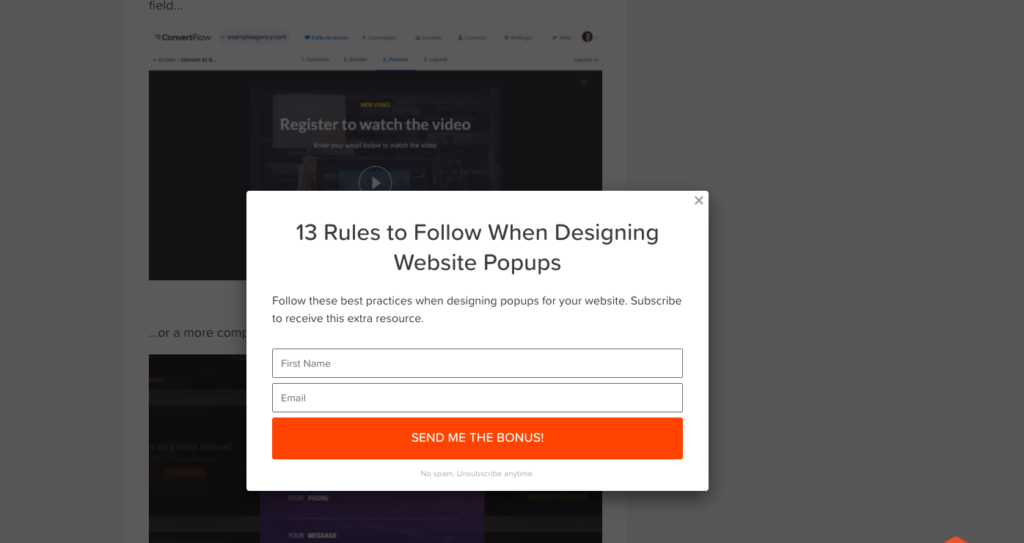
For online businesses, pop-up notifications can increase sign-ups by 600%. But intrusive notifications can hurt the CX.
For instance, how do you click out of this pop-up?
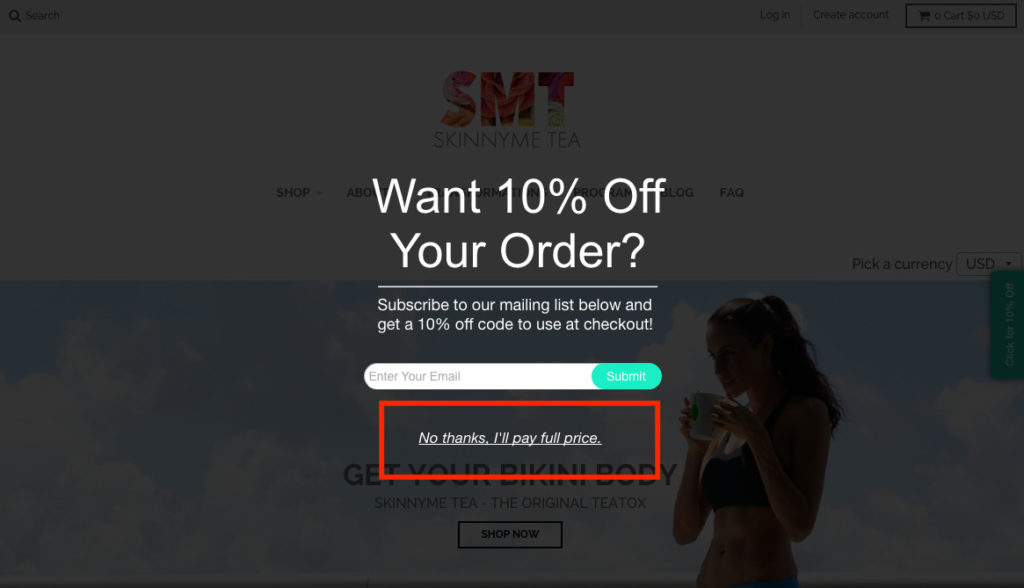
If the user can’t find the “X” button, the choice is presented negatively—a confirm-shaming dark pattern, which is the opposite of a nudge. It manipulates and tricks the user rather than benefiting them.
Missguided’s notifications are also, well, misguided. Their intended nudges obscure the product image—too much social proof can prompt cognitive overload.
Use notifications and overlays to preserve the fluency of the website design. Make your notifications and overlays subtle, informative, well-designed, and persuasive.
Nike’s smart notification is under the product, leverages data-driven social proof, and fits into the design:
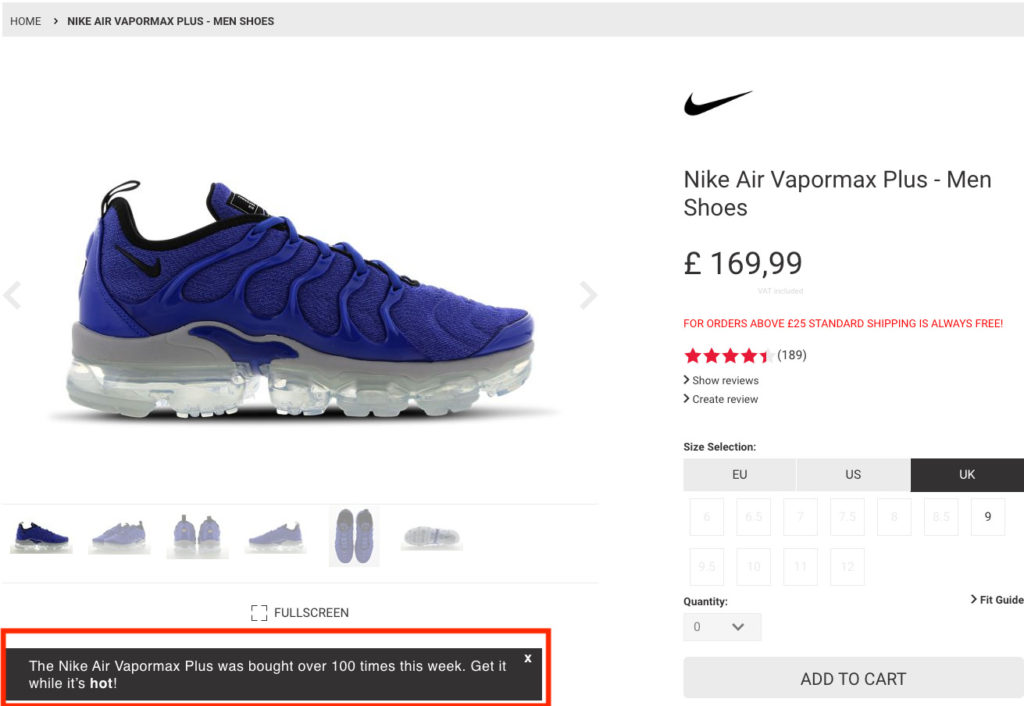
3. Anchoring in ads
“[Anchoring] works because we use existing information as a baseline for our new judgments and decisions.”
Hidden Persuasion, Andrews, Van Leeuwen, Van Baaren
In the 1970s, Kahneman and Tversky theorized that suggesting an initial figure to a person would be a starting point for them to estimate unknown quantities.
They used the examples of “What percentage of the UN are African nations?” The correct answer was only 25%.
The test group they primed with the number 65% actually estimated nearly twice the real answer of 45%. In contrast, the group that was primed with a lower number estimated a lower percentage. This is called anchoring.
Price anchoring is a sure-fire nudge to drive online behavior. For example, in Google Shopping ads, you’ll often see anchoring used together with “Sale” product badges:
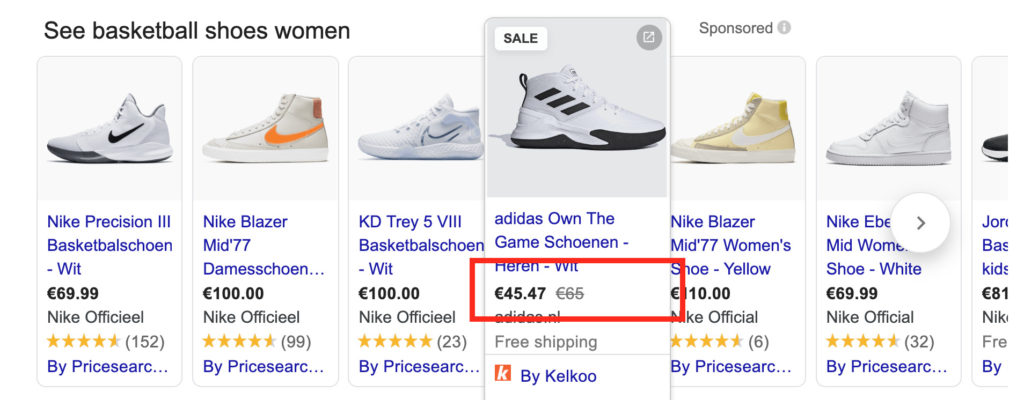
Both reinforce a newly discounted product. Price anchoring is a nudge because it appeals to the cognitive biases of how we view a product (by comparing it to something else). It’s a tried and tested persuasive pricing technique, but one that fits nicely within nudge theory, too.
Anchoring allows you to command the price of your products. Using a contrasting color to highlight the former price will reinforce this nudge in a more obvious way.
4. Increasing autonomy
When users feel like they’re in control of their online journey, it lends more credibility to your offers and products.
Aim to increase on-site autonomy. These nudges work because you can show multiple options without inflicting choice overload. Instead, your nudges work at the intersection of libertarian and paternalism.
For example, product recommendations curate an assortment of products that the customer can then choose from, giving consumers self-determination. Things like:
- “Top Picks for You”;
- “You Might Also Like”;
- “Your Favorites.”
Topshop, for example, has a personalized wardrobe option. This generates data back to the retailer about the individual shopper’s taste and lifestyle—psychographic variables that Topshop uses to enhance their targeted communication. It also gives the shopper control over their experience.
Many web shops also integrate customizable solutions that act as nudges, leveraging autonomy, and the Endowment Effect, the psychological principle that people attach more value to a product if they have a hand in its creation.
With Converse, you can choose the color, shape, and stripe/star placement of their famous All-Stars:
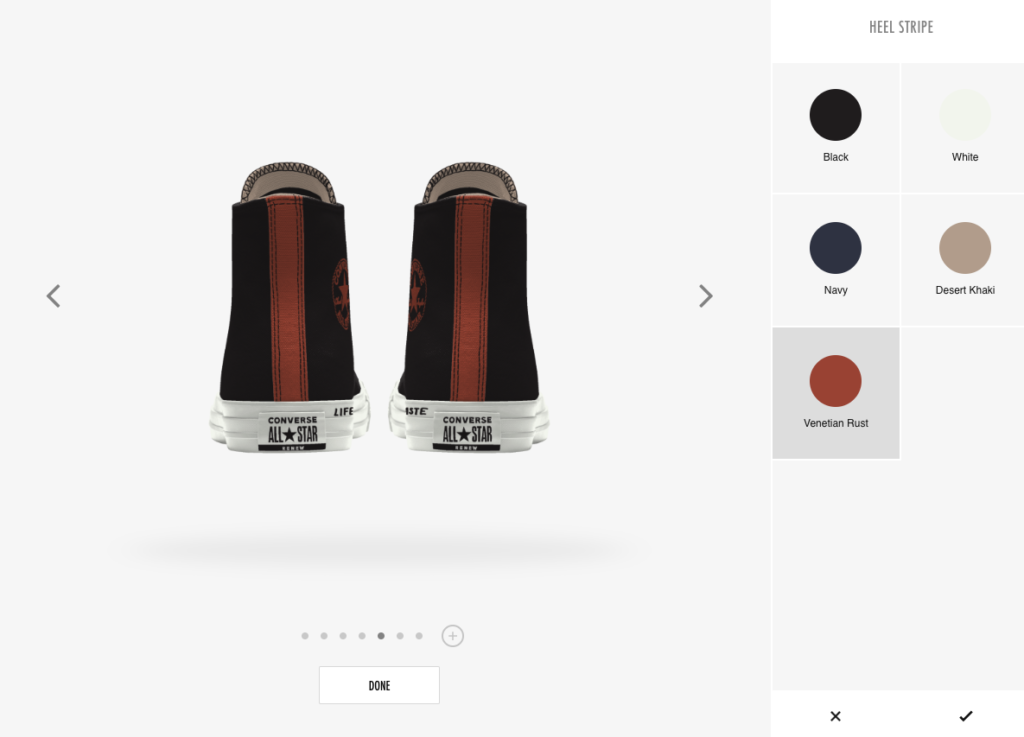
This also generates valuable data for Converse. If certain segments choose similar colors or styles, the retailer can better plan future product lines. The more “autonomous functions” you have on-site, the more you get to know your customers.
5. Reviews
Reviews are nudges that change the choice architecture by revealing more information about a product, website, or business.
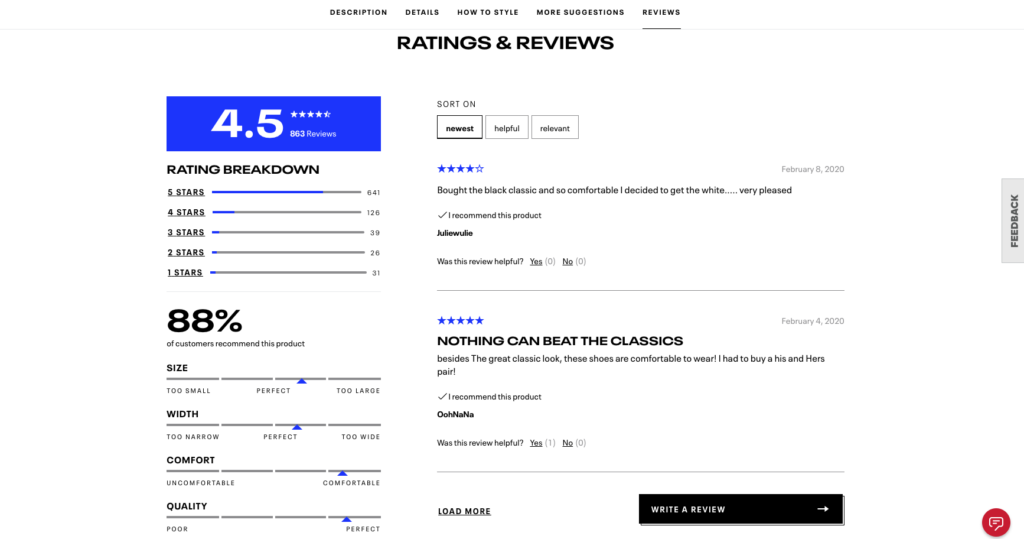
Framed in the context of word-of-mouth, reviews leverage social proof and are thus a powerful method of driving behavior:
- 93% of consumers say online reviews impact their decision-making.
- People trust their peers more than organizations.
- 41% of users read online reviews before purchasing a product.
- 50+ reviews on a product will lead to an average revenue increase of 4.6%.
- Social proof is even more influential than low prices.
Reviews that leverage social proof boost purchasing confidence and alleviate some of the decision stress we all experience when shopping online.
Even bad reviews are effective nudges. This is called the Blemishing Effect—when minor negative information doesn’t outweigh the positive impression of what you’re selling. It also increases the honesty and trust of your brand.
For example, a salesperson will often add a few low stakes “cons” of a product or service when explaining it to be more persuasive. You could also include a product’s pro/con overview in your product descriptions for more complex products.
6. Default options

In Nudge, Thaler and Sunstein describe default options as the most powerful nudge. Others agree: “Since defaults do not require any effort by the decision-maker, defaults can be a simple but powerful tool when there is inaction.”
Default options:
- Alleviate decision stress and choice overload by choosing for the customer;
- Make decisions easier for the user/shopper, countering inertia;
- Make decisions easier for customers who rely on the expertise of the company to guide them;
- Streamline the customer journey.
Dell uses default options to choose compatible product functions. This nudge works exceptionally well for products with complex configurations (e.g., electronics, utilitarian products) and guides shoppers to better choices.
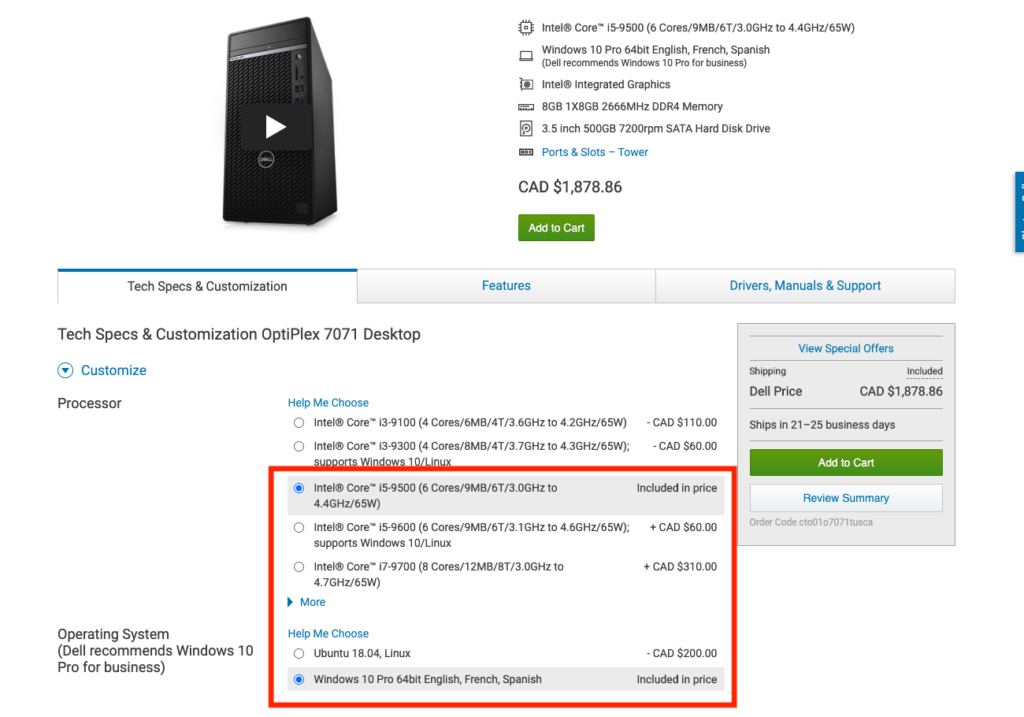
You can use default options on-site for:
- Free and standard shipping options;
- Opting in for deals or offers;
- Choosing a popular product color or size as a default;
- Choosing an option based on your expertise;
- Personalizing the CX.
This last point on personalization means you can use smart defaults to tailor the CX. For example, if someone fills out a certain size online, then the retailer can set all products to that size.
Nudie Jeans has a virtual size guide. Once you’ve registered, they filter products with that size to streamline the experience and increase autonomy.
7. Trust symbols
Trust symbols are nudges that enhance brand and website credibility. Placed at checkout in ecommerce, they guarantee credit card safety, data privacy, and are conventional safety nets to put your customers at ease.
But you can also leverage different kinds of trust symbols. For example, Patagonia uses its “Patagonia Guarantee” and “For the Planet” symbols to reinforce their corporate social responsibility and brand philosophy.
Placed at checkout, these help their target audience, the environmentally-conscious consumer, feel more confident about their purchase.
Other ways to increase trust with nudges are:
- Establishing third-party security guarantees;
- Fast shipping;
- An error-free UX;
- No extra costs at checkout;
- No hidden defaults (like newsletter subscriptions.)
You can also reuse your nudge data in other channels. Let’s take a look at how, using the example of ecommerce product badges.
How to apply nudge marketing to other channels
Imagine you’re running an ecommerce store.
On your products made with recycled material, you place the badge “Recycled Fabric.” You have a couple other product badges, too, showing different attributes like “Extra Comfort” and “Cotton.”
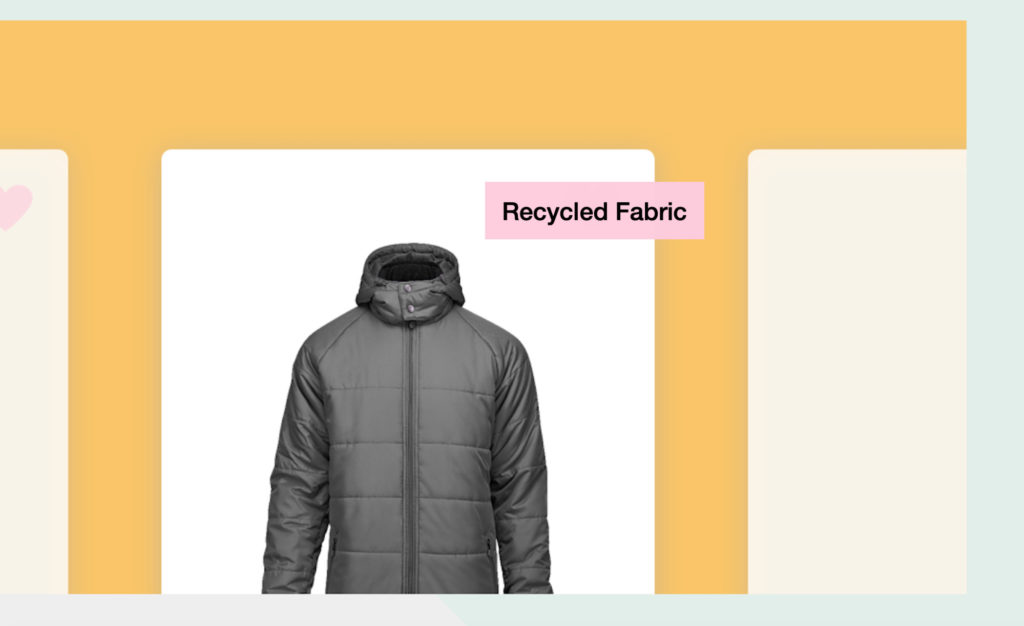
After experimenting with these product badges, your best-performing message comes from your “Recycled Fabric” product badge.
How do you use this information?
Drive segmented email campaigns.
Say your “Recycled Fabric” product badge drives purchase behavior (e.g., CTR) on a specific product for female shoppers in Stockholm, on an iPhone, when coming from Facebook.
You can target these shoppers with an email campaign that focuses on promoting sustainable materials. Depending on your maturity, you can make these segments as specific or broad as your analytics allow.
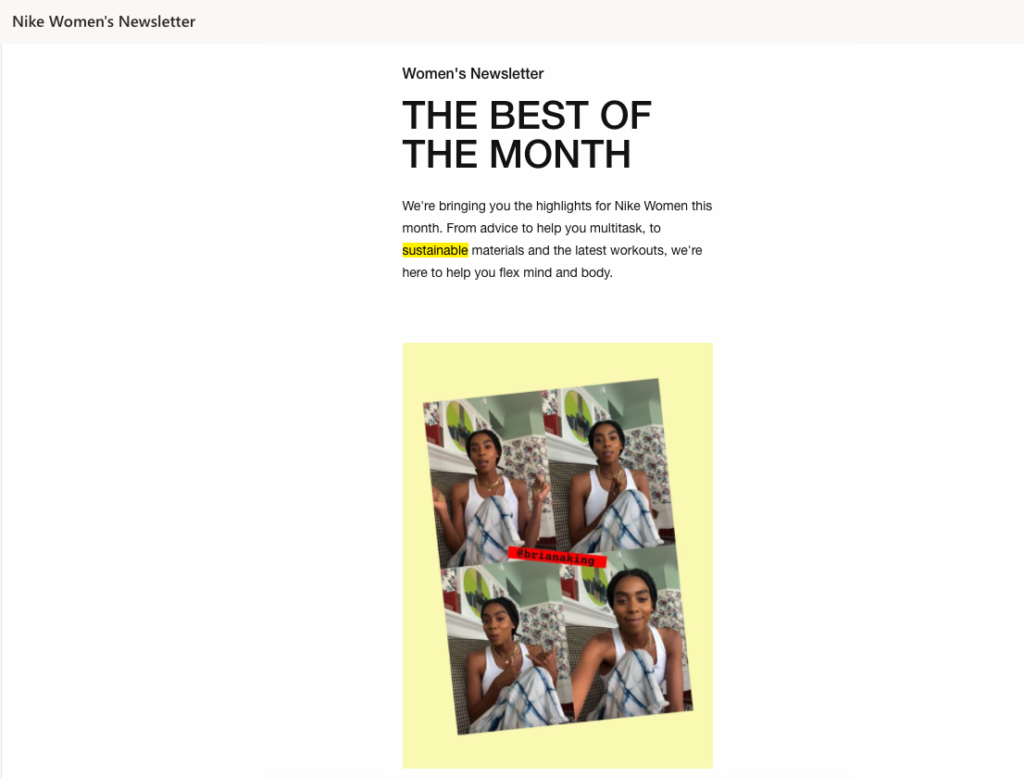
Optimize your Facebook campaigns.
Use the values behind social badges that positively impact on-site KPIs to optimize your social media copy. For example, focus on eco-friendly materials.
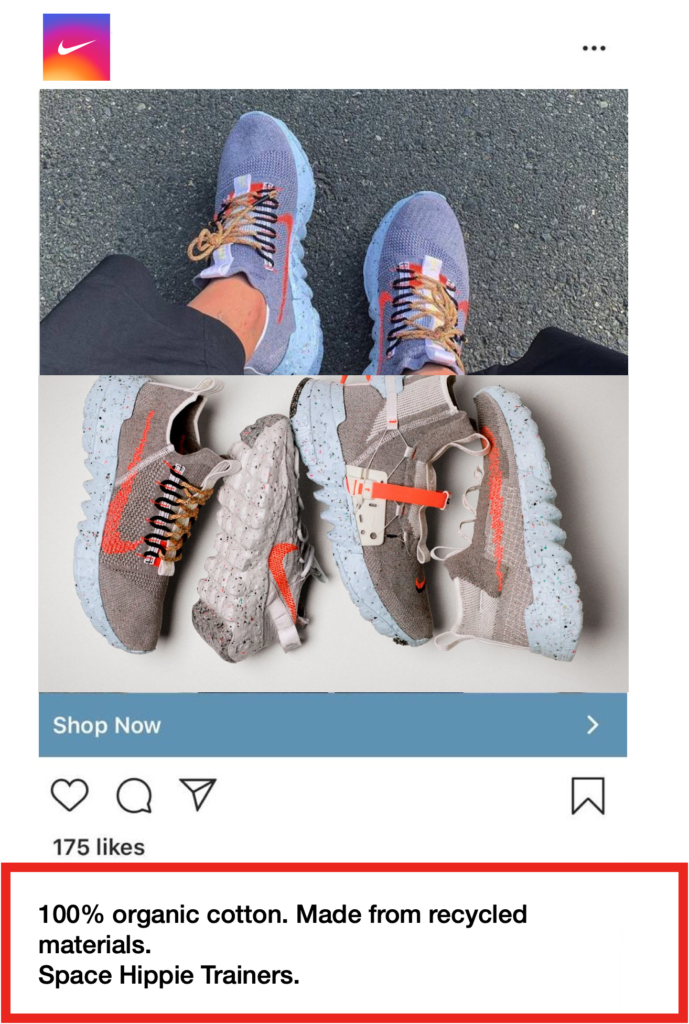
Refocus your search ad copy.
Similarly, you could optimize your Google Ads copy by focusing on sustainability. Set up several variations to test what copy works best.
Improve your product detail pages (PDP)


It’s much the same concept: Find out which product badges work best and translate their values into the copy on your product detail pages.
Your product badge experiments can also tell you which messages don’t work for certain segments. It’s likely that different customers like different things about your products.
Without a culture of experimentation, nudges won’t work. You should continuously test your nudges to see what works and what doesn’t—and for whom.
Conclusion
Many nudges we’ve discussed work especially well for ecommerce websites, but these insights can be transferred to all online businesses.
Let’s recap:
- Nudge theory works by guiding consumers and giving them the freedom to choose.
- Nudges in the real world serve to influence positive behavioral change.
- Online, nudges streamline the customer journey while delighting the user.
- On-site nudges gives you actionable data to apply to different channels.
Working on something related to this? Post a comment in the CXL community!
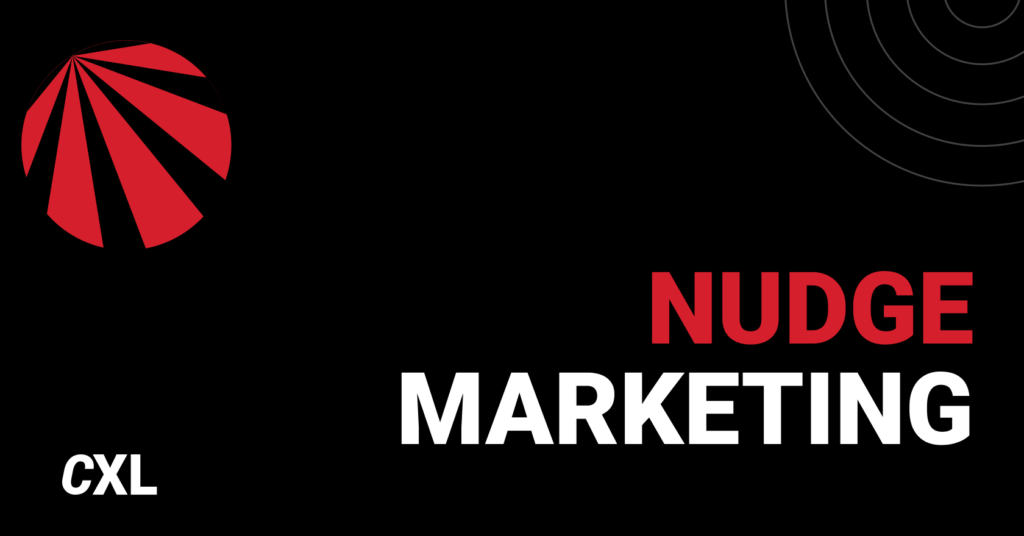
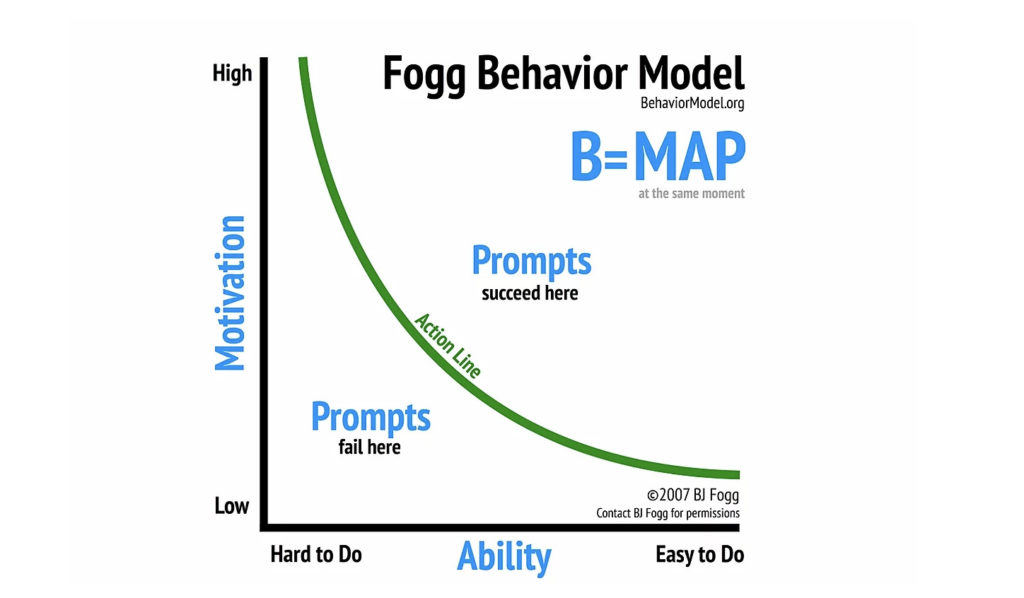


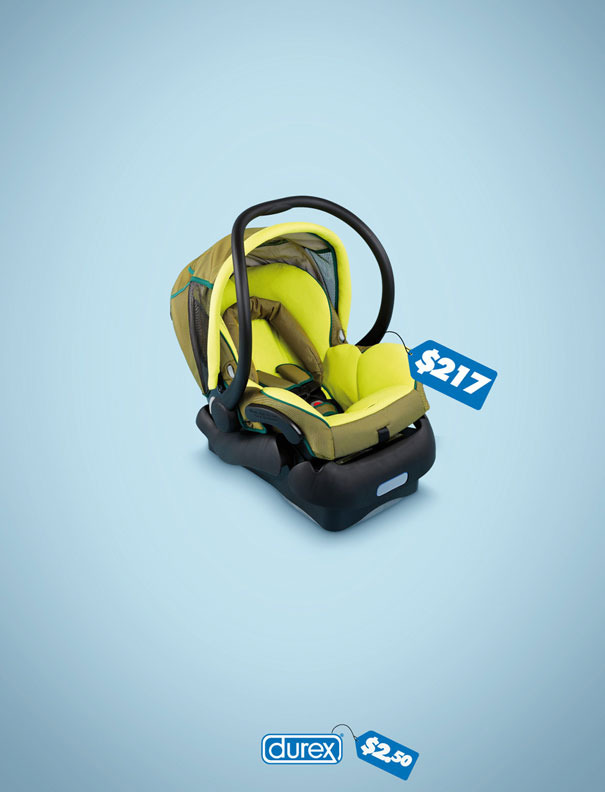
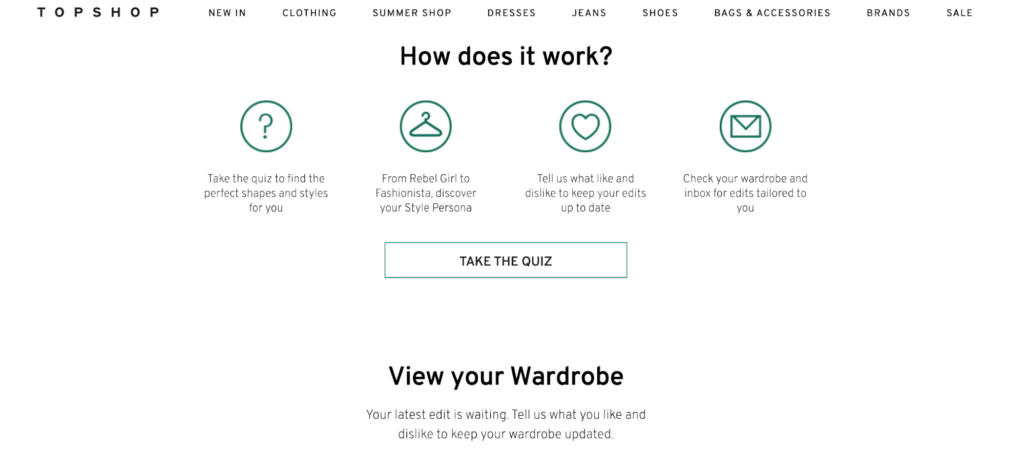
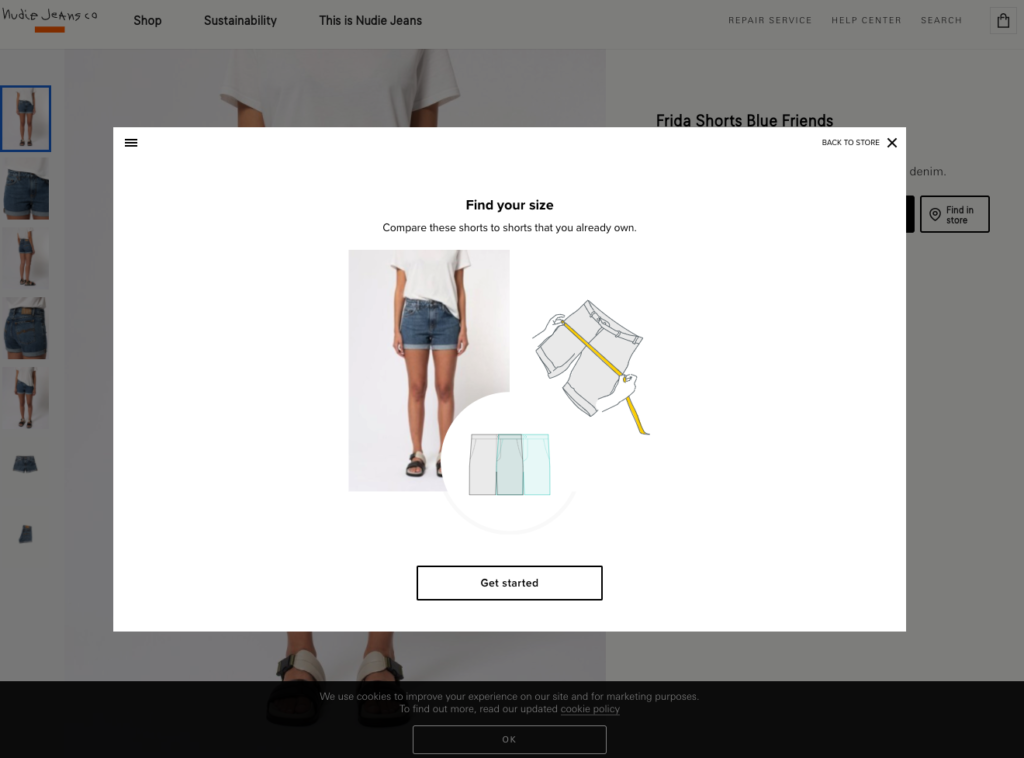



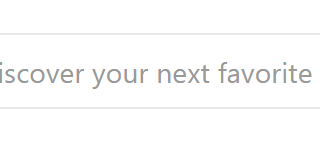

Nudge marketing used to influence customers. Thanks for sharing. I am learning here.